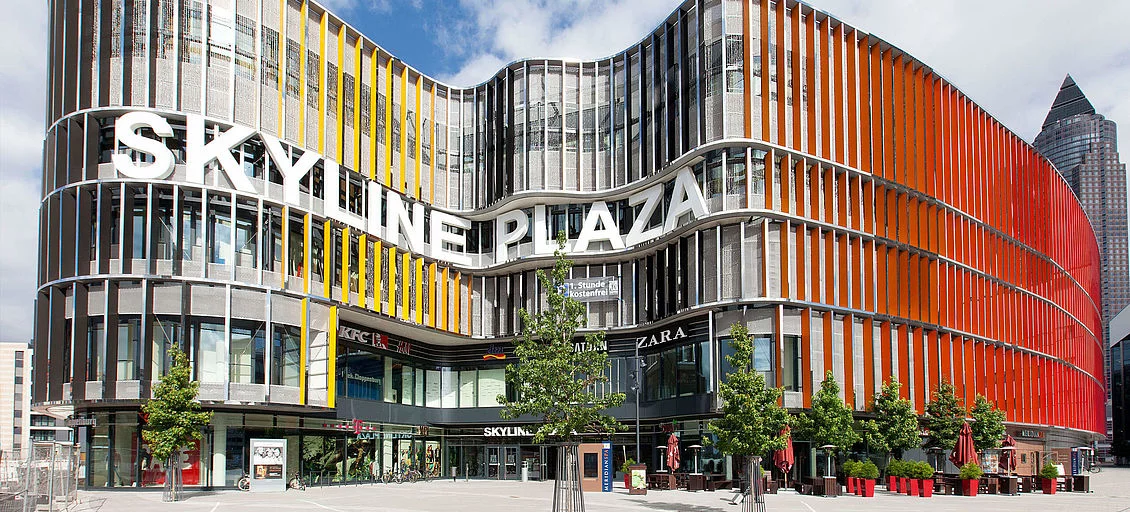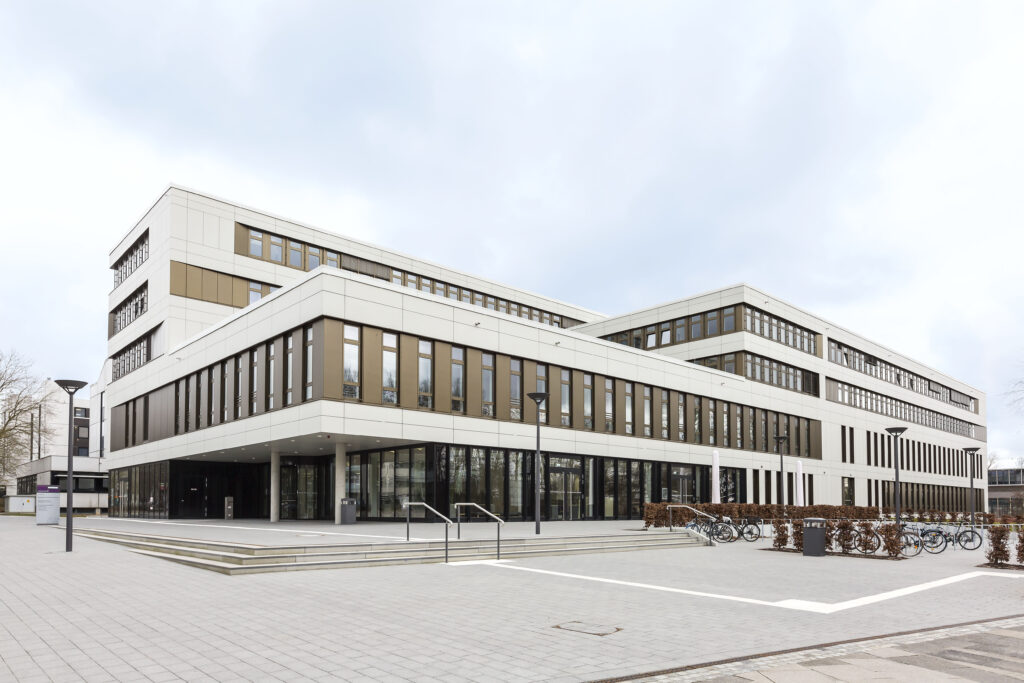Lingen, 7 September 2021 For the construction of the new Law Faculty building at Kiel University (CAU), emco – the leading manufacturer of clean-off systems – has addressed the issue of accessibility for people with visual impairments with a tactile guidance system.
Clean-off zones in universities are designed to reduce dirt and moisture. They dampen the sound of footsteps and help create a more peaceful atmosphere in areas of intense activity. Entrance mats need to be just as hard-wearing as the floor coverings used in high-footfall areas. However, the transition from street to building often represents a gap in guidance systems for the visually impaired, and this can result in trip hazards.
“Blind and partially sighted people rely on support. Guidance systems have become standard in public spaces. Our systems help people find their way and also keep the building clean,” explains Dieter Hamann, Architectural Advisor at emco.
Avoiding trip hazards
In the Juridicum building, the emco Diplomat TLS entrance mat eliminates typical trip hazards in outdoor-indoor transition areas − such as unexpected edges, changes in floor covering or surfaces with minimal tactile properties. A guidance system is integrated into the flexibly designed clean-off zone with different heights, which can be felt clearly with either the sole of the foot or a cane. Contrasting colours provide additional assistance and guide visitors safely into the building. The system makes it easier to locate doors, stairs or lifts, for example, and draws attention to potential hazards and obstacles.
Another advantage: the tactile guidance system can be flexibly combined with existing floor surfaces and used to extend floor guidance systems already in place.
The tread surface consists of recessed, durable and weatherproof ribbed carpet strips, and the profiles are made from torsion-resistant aluminium with a sound-insulating underlay.
Entrance mats in educational facilities
“The planning process for this public building also considered solutions to minimise hazards for all users. Ensuring modern and safe movement for people in a building is becoming an increasingly important aim for planners and architects. Certified fire performance, low-emission production, acoustic properties and cleaning intervals also need to be considered,” explains Tim Lüdrichsen, responsible for construction programmes at Kiel University.

